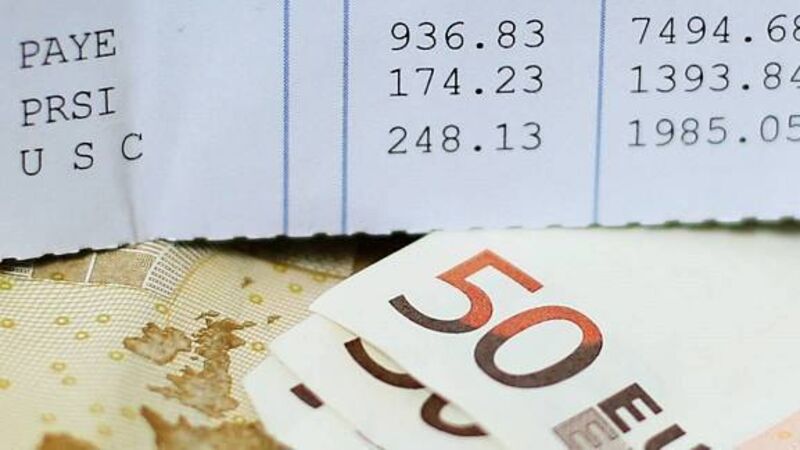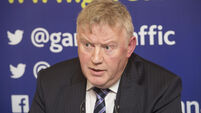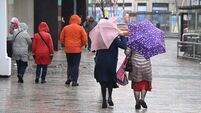Top 10% of Irish society hold over half the country’s wealth

Furthermore, at 23% Ireland has one of the highest incidences of low-paid jobs in the OECD.
In relation to young people, the number of children living in consistent poverty in Ireland has almost doubled, from 6.3% in 2008 to 11.2% in 2014.













